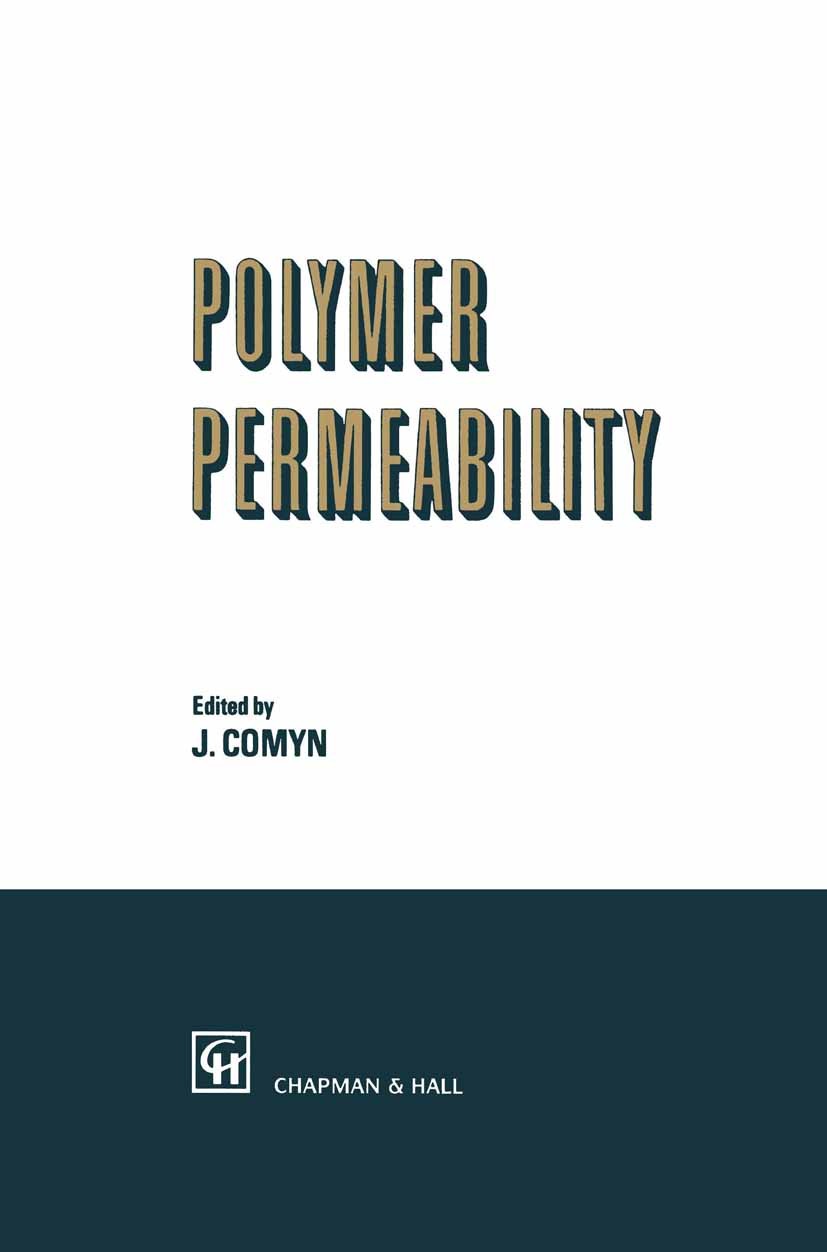| 书目名称 | Polymer Permeability | | 编辑 | J. Comyn | | 视频video | http://file.papertrans.cn/752/751209/751209.mp4 | | 图书封面 |  | | 描述 | Polymers are permeable, whilst ceramics, glasses and metals are gener ally impermeable. This may seem a disadvantage in that polymeric containers may allow loss or contamination of their contents and aggressive substances such as water will diffuse into polymeric struc tures such as adhesive joints or fibre-reinforced composites and cause weakening. However, in some cases permeability is an advantage, and one particular area where this is so is in the use of polymers in drug delivery systems. Also, without permeable polymers, we would not enjoy the wide range of dyed fabrics used in clothing and furnishing. The fundamental reason for the permeability of polymers is their relatively high level of molecular motion, a factor which also leads to their high levels of creep in comparison with ceramics, glasses and metals. The aim of this volume is to examine some timely applied aspects of polymer permeability. In the first chapter basic issues in the mathema tics of diffusion are introduced, and this is followed by two chapters where the fundamental aspects of diffusion in polymers are presented. The following chapters, then, each examine some area of applied science where permeabilit | | 出版日期 | Book 1985 | | 关键词 | Permeation; composite; composite material; polymer; polymers | | 版次 | 1 | | doi | https://doi.org/10.1007/978-94-009-4858-7 | | isbn_softcover | 978-94-010-8650-9 | | isbn_ebook | 978-94-009-4858-7 | | copyright | Chapman & Hall 1985 |
The information of publication is updating

|
|
 |Archiver|手机版|小黑屋|
派博传思国际
( 京公网安备110108008328)
GMT+8, 2025-11-22 03:05
|Archiver|手机版|小黑屋|
派博传思国际
( 京公网安备110108008328)
GMT+8, 2025-11-22 03:05


